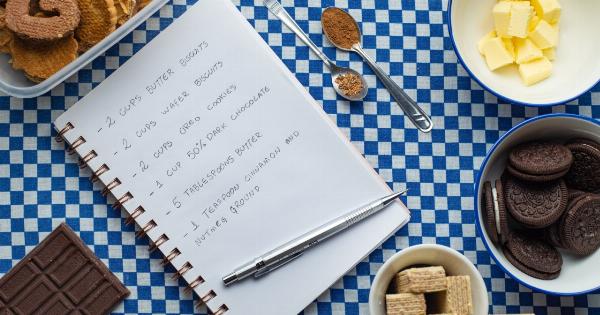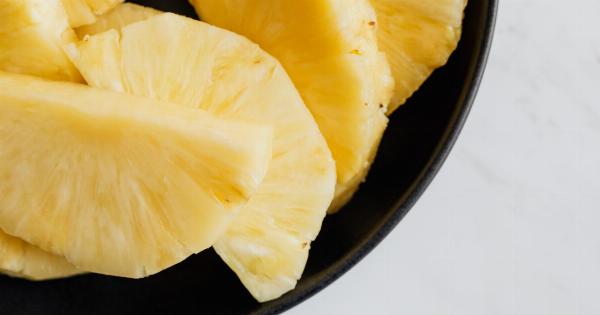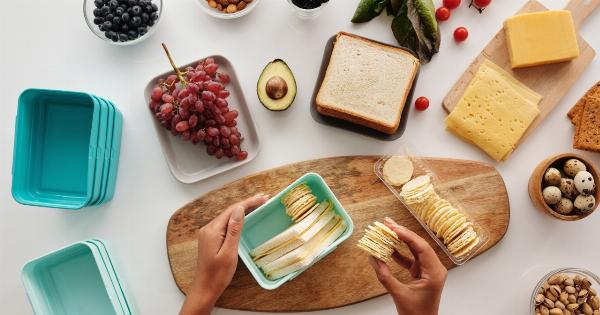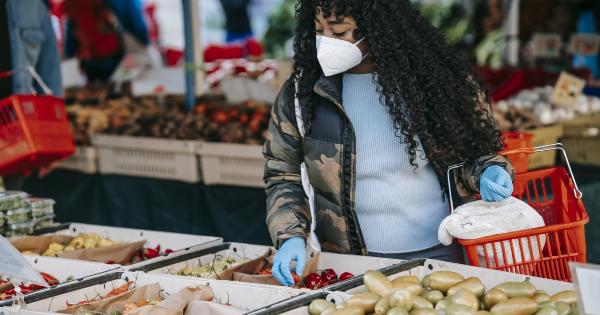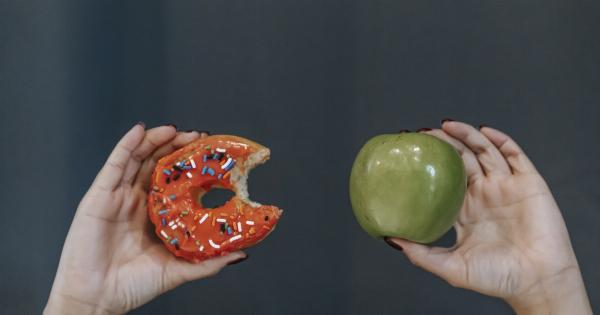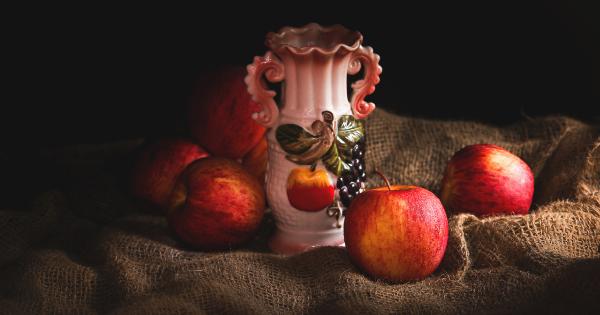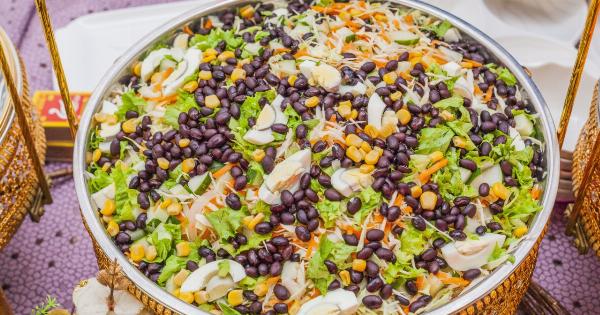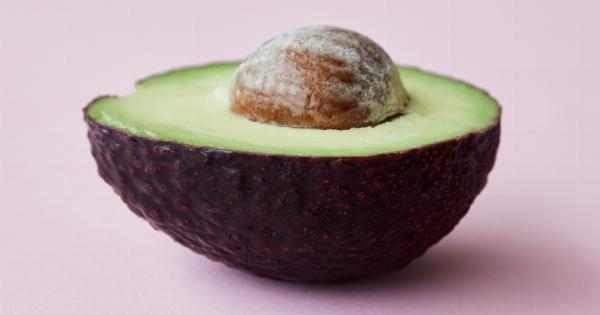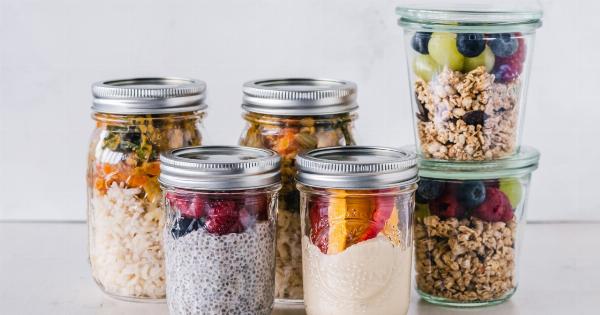Many of us rely on cold storage to keep our food fresh and extend its shelf life. From refrigerators to freezers, these appliances play a crucial role in preserving the quality of our groceries.
However, it’s important to note that not all foods are suitable for this type of storage. While some items thrive in colder temperatures, others can undergo significant changes and may even become unsafe to consume. In this article, we will explore ten foods that are altered by cold storage and discuss the effects it has on them.
The Impact of Cold Storage on Various Foods:
1. Potatoes
Cold temperatures cause the starches in potatoes to convert into sugars. This chemical change can result in a sweeter taste, which is not ideal for certain recipes.
Additionally, storing potatoes in the refrigerator can lead to a gritty texture and make them more prone to rotting. It’s best to store potatoes in a cool, dark place such as a pantry or cellar.
2. Tomatoes
Tomatoes lose their flavor and become mealy when exposed to cold temperatures. Refrigeration alters their texture and breaks down the membranes that give them their juicy and vibrant characteristics.
To fully enjoy the taste and texture of tomatoes, it’s recommended to store them at room temperature.
3. Onions
The moisture in refrigerators can turn onions soft and moldy, affecting their overall quality. It’s best to store whole, uncut onions in a cool, dry place, away from direct sunlight.
Once an onion has been cut, however, it should be refrigerated in an airtight container to prevent bacterial growth.
4. Bananas
Placing bananas in the refrigerator can disrupt their normal ripening process. The cold environment causes the skins to turn black, but the fruit inside remains under-ripe.
To enjoy bananas at their best, keep them out of the fridge until they reach the desired level of ripeness, and then transfer them if needed to slow down further ripening.
5. Bread
Storing bread in the refrigerator can accelerate its staling process by causing it to dry out faster. The cold and dry environment compromises the texture and taste of bread, making it harder and less enjoyable.
To keep bread fresh, it’s recommended to store it at room temperature in a bread box or a paper bag.
6. Avocados
Cold storage slows down the ripening process of avocados and can leave them hard and flavorless. If you have unripe avocados, it’s best to keep them at room temperature until they are ready to eat.
Once ripe, they can be refrigerated to extend their shelf life for a few more days.
7. Coffee Beans
Cold storage can cause coffee beans to absorb moisture, compromising their flavor and aroma. The beans can also absorb odors from the refrigerator, affecting the taste of your brewed coffee.
To maintain the quality of your coffee beans, store them in an airtight container in a cool, dark place.
8. Honey
Refrigerating honey can cause it to crystallize and become less pourable. Cold temperatures promote the separation of sugars in honey, resulting in a texture that is not as smooth as at room temperature.
It’s best to store honey in a pantry or cupboard to maintain its quality and consistency.
9. Basil
Cold storage can cause basil leaves to turn black and wilt quickly. The chilly temperature damages the delicate structure of the leaves, affecting their flavor and aroma.
Instead of refrigerating basil, store it at room temperature in a glass of water or loosely wrapped in a paper towel outside the fridge.
10. Peanut Butter
While peanut butter can be kept in the refrigerator, it tends to solidify and become harder to spread. Storing it at room temperature allows for a smoother texture and easier use.
The high oil content in peanut butter acts as a natural preservative, making refrigeration optional.
Conclusion
While cold storage is essential for preserving many types of food, it can have adverse effects on certain items, altering their taste, texture, and overall quality.
Potatoes become sweeter, tomatoes lose their flavor, onions turn soft, bananas fail to ripen, bread dries out, avocados become flavorless, coffee beans lose their aroma, honey crystallizes, basil wilts, and peanut butter solidifies. Knowing how different foods react to cold storage can help maintain their optimal taste and quality.



